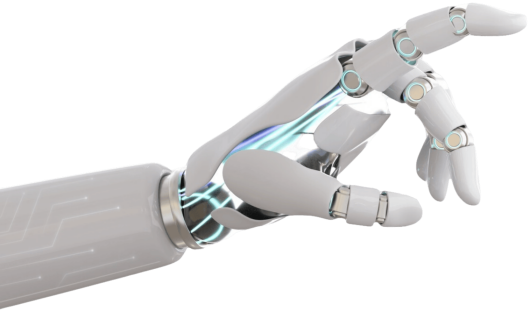
Water quality is an important factor in creating the conditions needed for survival in a pond. The purpose of the research is to design a control system capable of maintaining the required water temperature and pH, as vital parameters of water quality influences for shrimp growth in a miniature pond using a Zelio logic smart relay device. The water condition was controlled with the smart relay by employing the analog and digital inputs, and digital outputs. The control system was made up of two analog sensors for temperature and pH meters. An Arduino Uno microcontroller interfacing between a pH sensor and the Zelio, and the temperature and pH data charts and saved Excel files were the new proposed solutions. According to the results, the utilization of the aerator and water pump as a control method proved to be an effective procedure for keeping the temperature at around 25.4⁰C. This control system produced the new temperature condition, which was within the specified range of 25-32oC. Also, the pH was effectively maintained at the required range of 7.0-8.0. The system worked according to these parameters-the pH above 7.0, and the temperature maintained below 32oC, which could represent the required conditions of the water from the shrimp embankment.
*This paper is an extended version of the paper called “Perancangan Model Sistem Kontrol Parameter Kualitas Air Tambak Udang dengan menggunakan ZELIO SR3B101BD dan Arduino Uno”, published in the ‘ITATS Conference Systems, Seminar Nasional Sains dan Teknologi Terapan V’ (SNTEKPAN V), October 19th, 2017, pages: B-181-B-188, http://conference.itats. ac.id/index.php/sntekpan/ 2017/paper/view/144. The current paper describes the actual research that has been conducted and subsequently completed while the in-depth analysis of results has been performed.
Analog, Digital, pH, Sensor, Temperature.
WALUYO, Nandang TARYANA, Andi ISMAYA, "Water Quality Control in a Miniature Shrimp Embankment*", Studies in Informatics and Control, ISSN 1220-1766, vol. 28(3), pp. 347-356, 2019. https://doi.org/10.24846/v28i3y201911